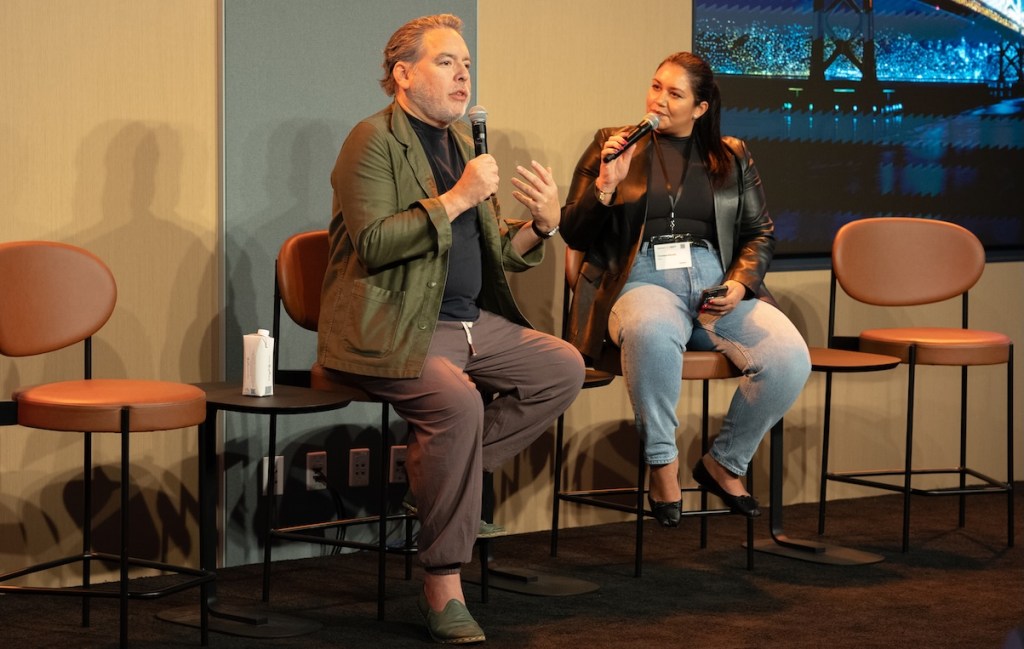The global console market is robust and massive — but it’s also topping out at 250 million users across the three major platforms, says Shawn Layden, PLAY Advisor and former Chairman of PlayStation Worldwide. He spoke with Christina Macedo, CEO and founder of PLAY at GamesBeat Next 2024 about the next frontier of gaming — Web3 and platforms like PLAY, which is designed to let developers tap into the blockchain to not only innovate new game experiences, but innovate in IP.
“Our challenge going forward is not to sell more to the same people we sell to now, but how do we bring new people into that cohort, into that gaming world?” Layden said. “With something like PLAY, which allows the users to become more involved with adding to the entertainment experience, adding to the game world, we’ll get more people making games.”
Knocking the big players off their pedestals
Vibrant marketplaces, under the control of the creators who share their work, and engaged, excited communities empowered to make their own art, are the key to unlocking new ideas and new ways of thinking about gaming. Developers want to be seen, and uplift and discovery happens in these Web3 marketplaces, Macedo said. And generation Alpha — the Roblox generation — is right there, ranking collection, community and creativity as the most important parts of their game experiences.
“Much of this generation is going to grow up and going to want to play other IP. They’re going to expect this to be part of their gaming experiences,” she said. “That’s what on-chain gaming enables, a platform to allow that creativity and innovation in gaming experiences to happen.”
It’s the generation that’s also growing up and wanting to make their own games, a whole new cohort of game developers Layden said. He pointed to non-profits like Girls Make Games, a coding and game development bootcamp for girls 8 to 16 years old.
“The way they work in teams, the way they divide the labor, and the way they get their vision together and build a consensus — together with tools like Roblox and Minecraft — are helping us create that next generation,” Layden explained. “To get more people playing games, I want more people making games who are not the typical game developers. We need more women. We need more people of color. We need to get the energy of these new creators. The future, sadly, is not going to be written by the big players.”
The Web3 industry is profoundly diverse and inclusive, Macedo added, and that’s what’s so exciting about it.
“For the first time ever, because everything is so interconnected and everyone is trying for this ecosystem effect, it’s the first time I’ve ever been around so many different people,” she said. “What that’s enabling is more storytellers. Not only for the developers, but also for the players. For the first time in an industry, southeast Asia is becoming the most important demographic, and not tier-one English. That in itself is something really eye-opening.”
Web3 has enabled teams all over the globe, new developers who don’t know what they don’t know, don’t know what failure is but are willing to put themselves out there with ideas that otherwise might not get seen, and that’s where the next new wave of game innovation is going to come from.

